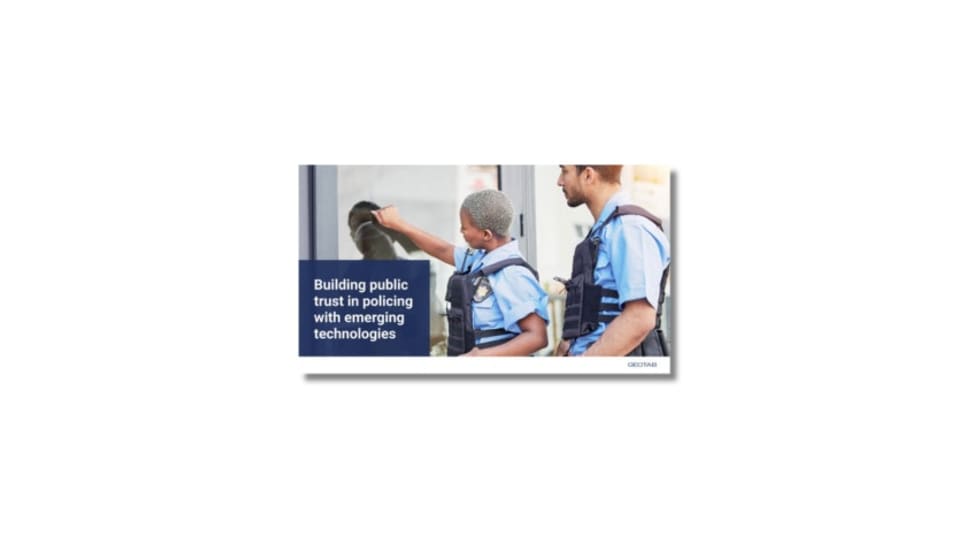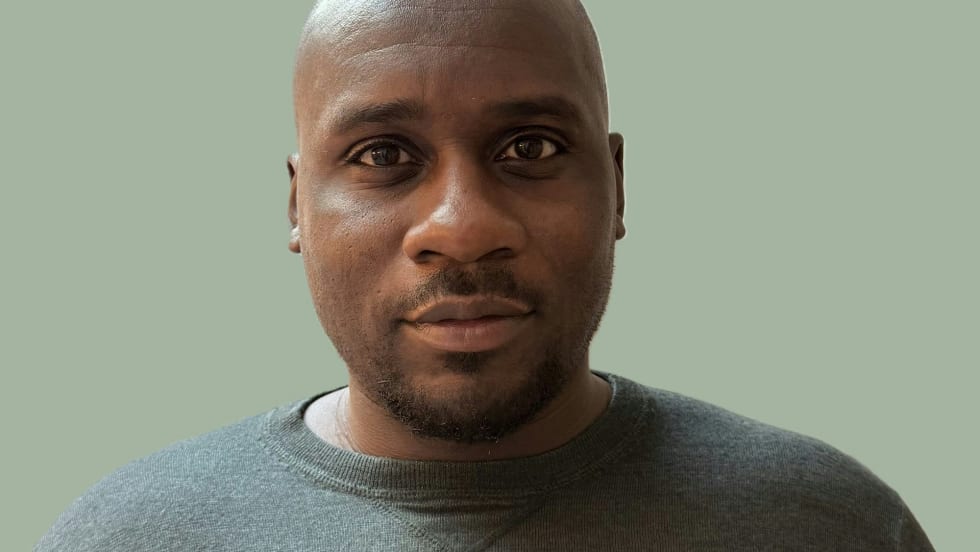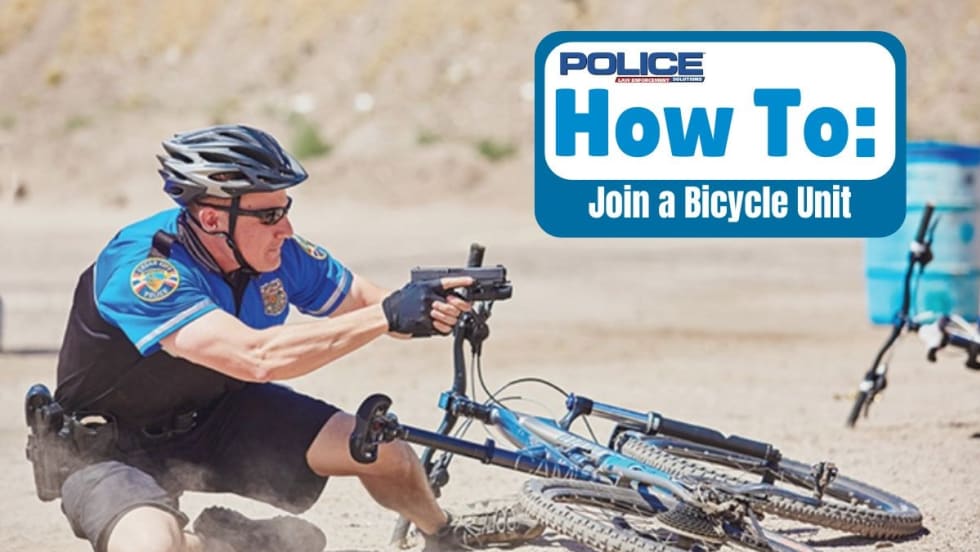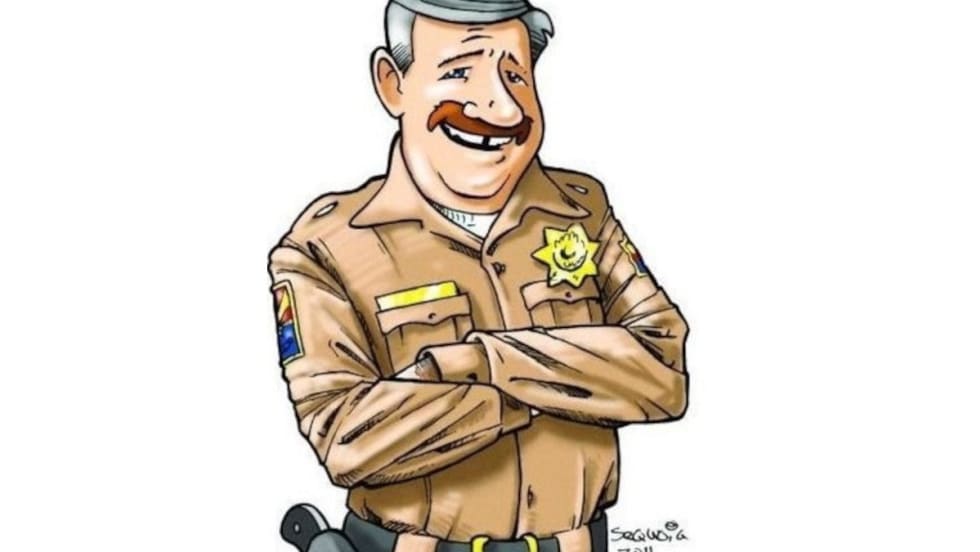To what extent did the precedent actions of such men play a role in Dorner's actions? The question is no less reasonable to contemplate than that of the degree to which Dorner himself may influence others—and perhaps as unanswerable.
Like Hitler's "Mein Kampf" and the Unabomber's manifesto, Dorner's diatribe found sympathizers. A Facebook page titled "We Stand With Christopher Dorner" garnered more than 18,000 followers; Website pages featured proclamations that the 6-foot, 270-pound Dorner was "the victim of a smear campaign." Twitter users began marking their comments with "#TeamDorner" in support of the ex-officer.
Psychologists and academics also weighed in on the matter. Marc Lamont Hill, an associate professor of English education at Columbia University, found parallels to Quentin Tarantino's ultra-violent slavery revenge film "Django Unchained." Elayne Rapping, a retired professor of American and media studies at the State University of New York in Buffalo, told CNN that for some people Dorner's episode tapped into the same underdog appeal of Bonnie and Clyde—prolific cop-killers, themselves—and Butch Cassidy and the Sundance Kid.
SWAT consultant Bob O'Brien finds Hollywood and the news media culpable in part for the public's admiration for officers and former officers turning on their agencies, noting that the extent to which their portrayals of both law enforcement and the anti-hero plays a role.
"The media never once stopped to consider that it was their coverage of the LAPD that may have created the cultural background noise for Dorner's belief system," says O'Brien. "Liberal Hollywood and the media regularly portray law enforcement as a bastion of bigotry and nastiness. Every depiction of LAPD in the last 20 years has focused on its supposed hatred for minorities, its corruption, its violence. If we are going to suppose that culture creates criminals, then leftist culture is responsible for Dorner."












